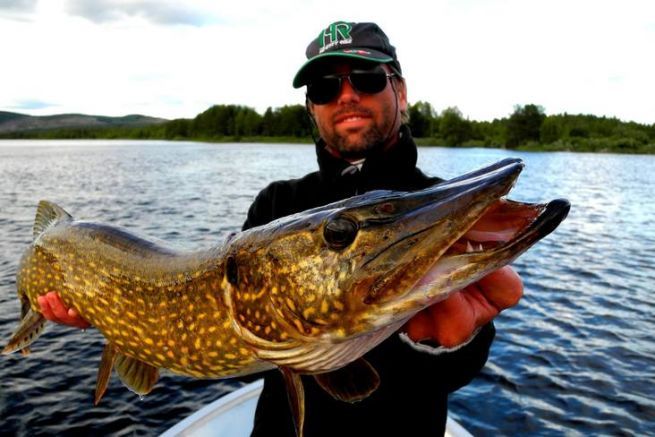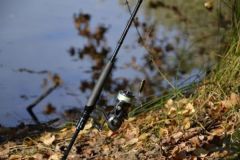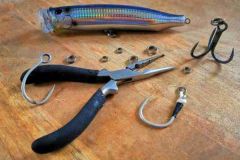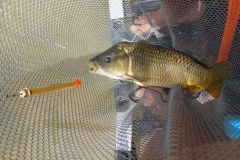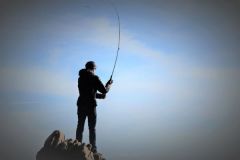Every lure angler knows that perceptible "toc", that loss of tension, the lure no longer swimming for a second, indicating that a fish has just timidly attacked our lure. This touch, without follow-up, shows the interest but also the fear of a predator towards our lure. When we record several hits of this type, we must analyze them as a message and try to find the cause and, if possible, the solution.
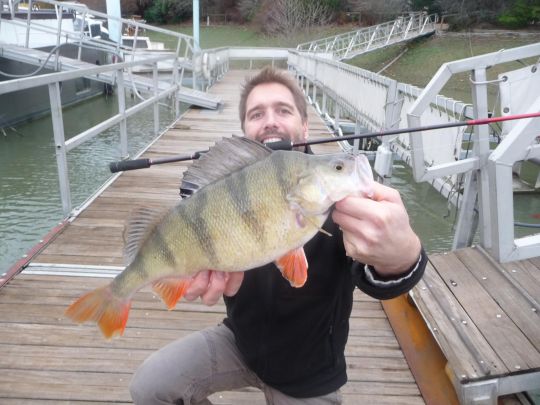
A clear sign of interest
As we've already mentioned, short-bites are a sure sign that predators are interested in our lure. Either their interest is weak because they're resting, or it's real but something is thwarting it. But one thing is certain: they are present, interested and likely to be caught.
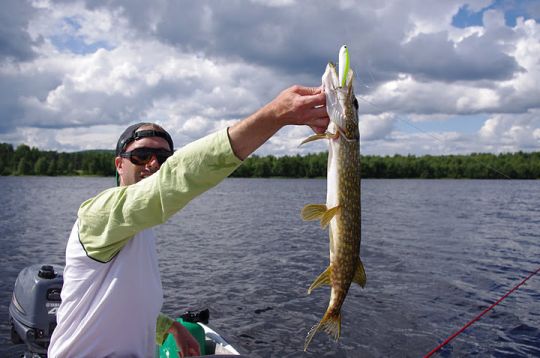
Opportunity or danger?
The short strokes may mean that the predators are really ready to attack our lure but doubt whether it is really food. With this short keystroke, they want to remove the doubt as to whether the lure represents a real feeding opportunity or a danger.

Playing with a parameter
When we come across this phenomenon, our aim is to convince our target and find out which parameter upsets predators. We then have to play with color, size, weight and vibration until we find a combination that triggers the most powerful hits.
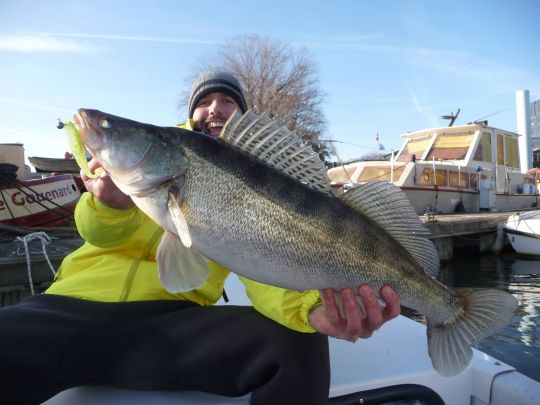
A troublesome fellow human being
The 2nd possibility for this type of behaviour is that our lure represents a fellow fish that is disturbing the territory of the predator present. So, as a sign of aggressiveness and to scare it away, it pushes it without really attacking or biting it.
You can then try to provoke him to be even more aggressive by attacking him. This can be done by presenting a more substantial lure to simulate a larger competitor, or by playing on the animations. A fast animation with a noisy, visible lure may provoke a reflex attack, or on the contrary, a very slow animation may simulate a fish taunting our predator.
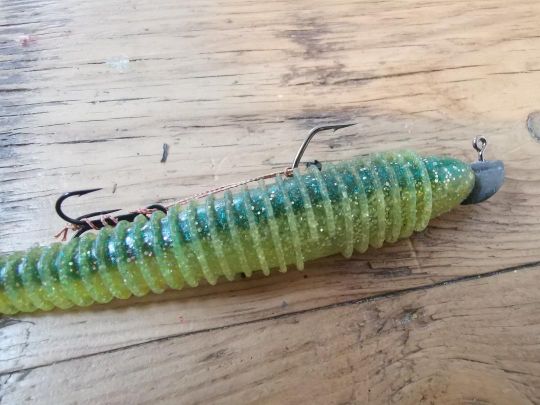
The most important thing, whatever the cause of this phenomenon, is to understand that it reflects the presence and the beginning of interest in our lure on the part of predators. From that moment on, every short-bite clearly signifies that a parameter of our lure or our animations is wrong and upsetting our potential targets... It's up to us to find out which one, by trial and error, until we find the key!
